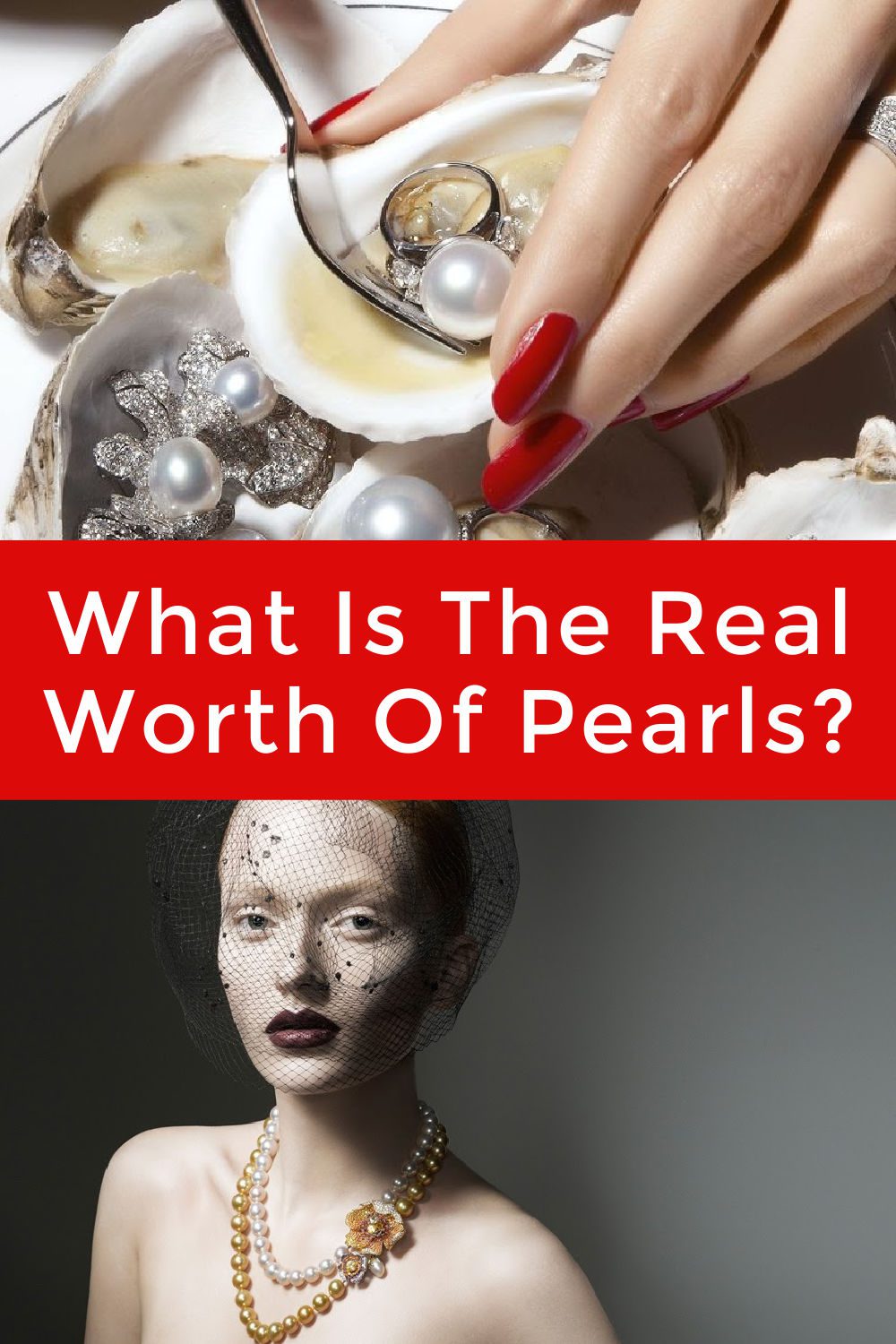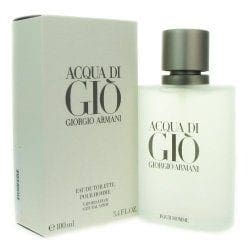How Valuable Are Pearls?
posted by Stacie on January 21, 2021
// Comments Off on How Valuable Are Pearls?
How Valuable Are Pearls?
For centuries now pearls have been a symbol of class and elegance. From European queens to Maharajas of India, pearls were a symbol of their prestige. To Roman women, natural pearls represented beauty, purity, and fertility.
For Queen Elizabeth, they represented a symbol of her chastity and her kingdom’s affluence. Back then pearls were highly desirable and expensive because men risked their lives to hand collect them. We hope that this How Valuable Are Pearls post inspires you.

How Valuable are Pearls?
Even today, if we add historical value to these gemstones, we’re looking at prices so high, they’re almost impossible to buy. An example of that is Marie Antoinette’s pearl pendant which was sold in a 2018 auction for $32 million.
There is no doubt that pearls are the most valued and prized gemstone throughout history. Even now, they are highly regarded and hold their value fairly well due to the unique way they are created.
But how much are real pearls worth? This is the question that many novice buyers face. It is rather unclear what makes one pearl necklace $10 while another similar-looking one costs over $10,000. Just as with diamonds, many factors may contribute to the price of a single pearl.
A Complete Guide to Pearl Jewelry
The origin of the pearls
Although accessing the value of the pearl is probably more difficult compared to other gemstones, let’s go through a couple of the main factors. One of the biggest qualities that determine the pearl’s value is its origins.
There are natural and cultured pearls. Naturally occurring pearls hold a big value thanks to the rarity of pearls being produced. Of the 8,000 species of oysters, only about 20 are capable of constantly producing pearls.
So, how is a natural pearl formed? They form when some kind of irritant, usually a small organism or sand particle, makes its way into the shell of a mollusk like an oyster or a mussel.
To survive and protect itself from the invader, the mollusk starts to coat the debris with nacre, also known as the mother of pearl, the same material that lines the inner layer of its shell. When doing this the irritant grows into a shiny pearl.
Cultured pearls are formed by an equivalent process, but rather than the irritant entering the shell accidentally, farmers put the irritant there on purpose.
A piece of mollusk tissue is put into the shell of the oyster where they need the pearl to grow. This triggers the oyster's defense response, and it starts coating that piece of tissue with nacre.
Most of today's pearl jewelry is submitted to this process during production. The father of cultured pearls who streamlined the method and revolutionized pearl production is the Japanese-born Kōkichi Mikimoto.
The impact of his activities was very significant in many aspects, beyond the apparent changes within the paradigm of pearl trading and use in jewelry.
Fall Jewelry Trends from Stella & Dot
Size, shape, and color of the pearls
Pearl farmers nurture the oysters in the water and wait anywhere from six months to two years for pearls to form. Not a single pearl that comes out is the same. This brings us to a different quality which will make one pearl worth more than another – size.
Pearls can be found in sizes as little as 1 mm to 20 mm. Bigger pearls take longer to grow and are more expensive to produce therefore are more valuable. The size and the value are in a proportional relationship, the same as any other gems.
The color is another significant difference between pearl types. Sometimes this goes hand in hand with size because the pearl's color is decided mostly by the mollusk it comes from.
Pearls can be found in a variety of colors, like black, gold, and blue, but white is the most desirable one.
Along with size and color, the form and surface of a pearl can have an impression on its value. The ideal pearl shape is round, but it can be found in an oval, teardrop, or button-like shape.
While irregular shapes can reduce the worth of the pearl, in some cases it improves the individuality of the jewelry.
What Do You Value Most?
Types of pearls
South Sea pearls are the most important and precious pearls grown today, with average sizes starting from 10 to 15 millimeters. They grow in a large pearl oyster native to Australia, the Philippines, Myanmar, and Indonesia.
Tahitian pearls are dark and exotic. Famously known as black pearls, their colors range from gray to green and even aubergine. Tahitian pearls require no treatments to achieve their dark iridescence.
The colors are completely natural. They can grow quite large, with average sizes ranging from 8 to 14 millimeters. Akoya pearls are the traditional classics, with perfectly round shapes and fine reflective luster.
More than a century ago Akoya pearls were the first pearls to ever be farmed with average sizes starting from 6 to 9 millimeters. They were the pioneers among all cultured pearls and the first to claim worldwide acceptance.
And finally, the main question – are pearls worthy of investment? Experts typically recommend avoiding jewelry, but if you invest in high-quality pearl jewelry, it’ll last for decades and can turn into heirlooms that can be handed down to the next generation.
Some types of pearls can grow in worth and sell for more than you bought them for. A case in point is the many examples of vintage pearl jewelry that sell at high prices even today, such as Elizabeth Taylor's La Peregrina or many of Coco Chanel’s vintage jewelry items.
When you take into consideration all of the previously mentioned factors, finding or creating the ideal pearl is an art. And like any form of art whether you buy it as an investment or merely as a simple life pleasure is worth it. We hope that this How Valuable are Pearls post inspires you. Happy shopping!

6 Options for Keeping Small Valuables Safe in Your Home
Comments Off on How Valuable Are Pearls?





